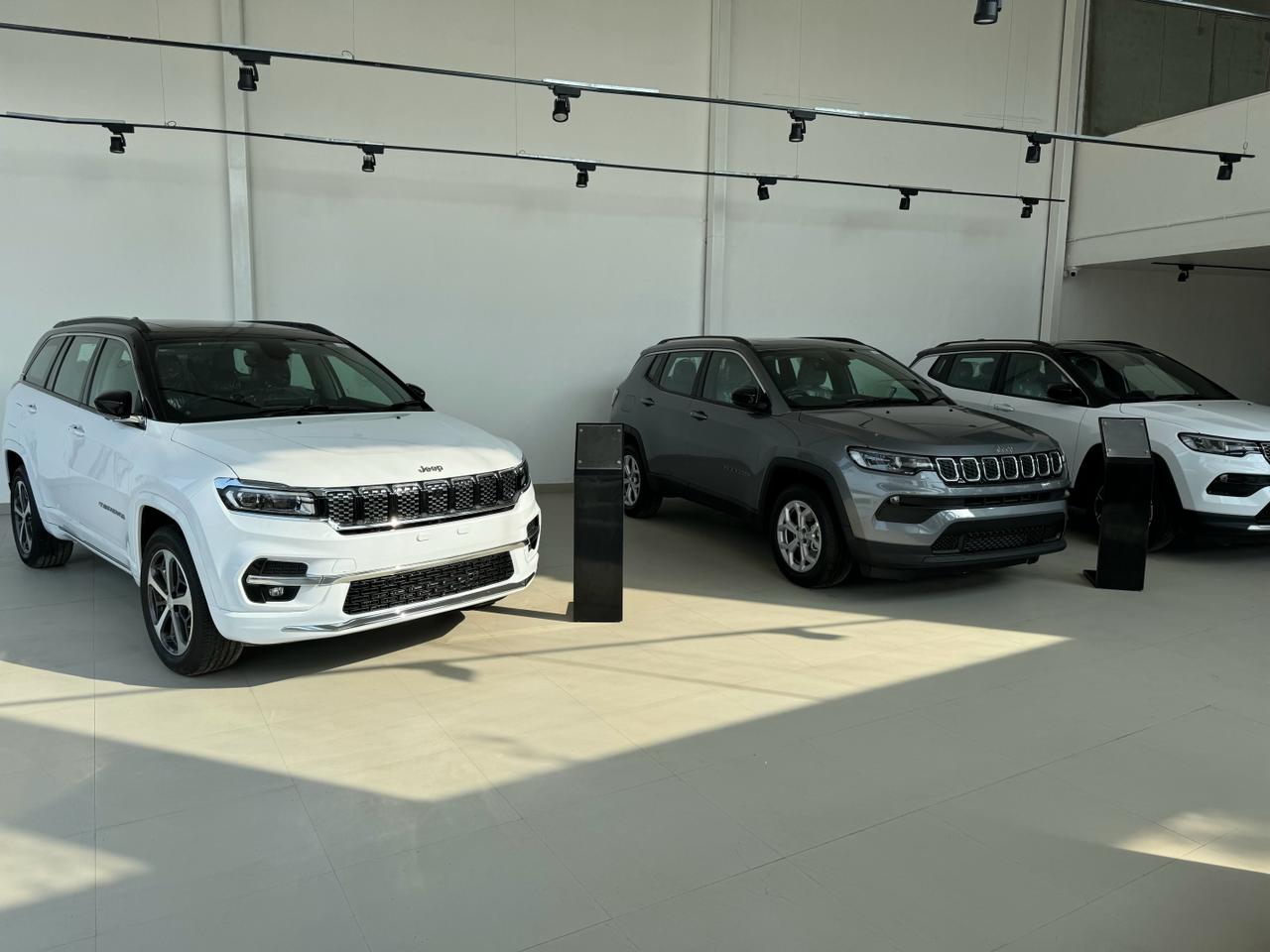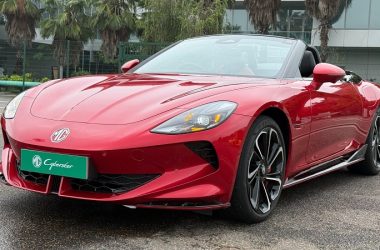New Delhi, India – The Indian automotive market, known for its dynamism and diversity, has seen a significant shift in buyer preferences in recent years. As economic growth continues to shape consumer choices, Indian buyers are exhibiting new trends in their car purchasing decisions.

Economic Factors and Budget Considerations
The primary factor for most Indian buyers remains affordability. With a wide economic spectrum across the country, cost-effective models continue to dominate the market. However, there is a growing segment of the middle class with increased disposable income, leading to a surge in demand for mid-range cars.
Fuel Efficiency and Environmental Concerns
Fuel efficiency is another critical factor influencing Indian car buyers. With the fluctuating fuel prices and growing environmental consciousness, more consumers are leaning towards fuel-efficient models. Electric vehicles (EVs) have also started gaining traction, though the market is still in a nascent stage due to high costs and infrastructural challenges.
Technology and Features
Today’s Indian consumers are tech-savvy and demand advanced features in their cars. Features like touchscreen infotainment systems, GPS navigation, and Bluetooth connectivity are becoming standard expectations. Safety features, which were once considered a luxury, are now a necessity for many buyers.
Brand Perception and After-Sales Service
Brand perception plays a significant role in the Indian market. Cars from manufacturers with a reputation for reliability and good after-sales service are preferred. There is a noticeable loyalty towards brands that offer comprehensive service networks, especially in non-metropolitan areas.
The Rise of Compact SUVs and Sedans
The Indian market has seen a notable rise in the popularity of compact SUVs and sedans. These vehicles offer a blend of space, comfort, and style, making them suitable for both city and highway driving. Their versatility appeals to a broad spectrum of buyers, from young professionals to families.
Regional Variations
It’s important to note the regional variations in preferences. For instance, buyers in urban areas may prioritize compact size and fuel efficiency for ease of navigation in congested cities, while rural buyers might look for durability and off-road capability.
Conclusion
As the Indian automotive market evolves, manufacturers and dealers must stay attuned to these changing preferences. The focus is not only on selling a car but on meeting the diverse needs and aspirations of Indian consumers. This consumer-centric approach will be crucial for success in one of the world’s most competitive car markets.







